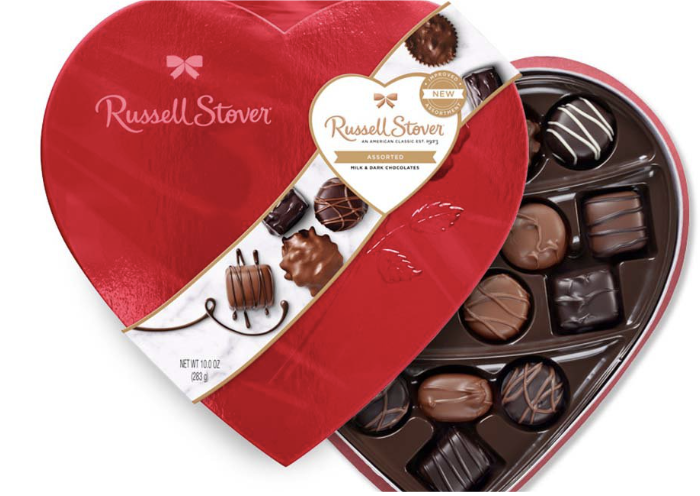By Will Price
Ah, beer. From relaxing with a barley ale in the shade somewhere in Babylon 4,500 years ago to throwing one back with Charlemagne in 780 A.D. to topping off an eventful night in today’s Statesboro, Ga., beer has been on our radar for a long time now. Through a little heat and a lot of science, the delicate mixture of water, yeast, barley, hops, various spices and finishing touches comes together to create the liquid gold that is beer.
In the U.S. beer ranks above all other beverages in consumption rate, bar soft drinks and bottled water. That puts it above milk, coffee, wine, spirits and whatever else you’re thinking we drink more of as a nation. With all of this beer drinking going on you’d think we might have a vague idea of what it is we’re drinking. What the hell are hops? What’s the difference between a lager and an ale? What is an ale in the first place? Where in the world is Carmen San- You get my point. So let’s educate ourselves a little, shall we?
Types of Beer
Have you ever become dizzy looking through the hundreds of beer styles at your local package store? There’s India Pale Ale, Porter, Dark Lager, American Lager, Pale Lager, Stout, Milk Stout, Wheat beer, High-gravity beer and hundreds more. It’s ludicrous. Let’s start from the top so we don’t confuse ourselves.
Reigning over the chaos of brewing styles are the lager and the ale. Every beer under the sun falls into one of these two, huge categories. The difference between the two are subtle at a baseline level, but yield wildly different results.
ALES
The ale has been in production since the dawn of beer, so approximately six to seven thousand years ago. It’s brewed at higher temperatures (~65-75 degrees Fahrenheit) with a top-fermenting yeast. The ale yeast produces quite a bit of byproduct, which makes the ale more reliant on natural flavors from the yeast rather than added flavors. Ales are quite diverse in flavor as they can vary from dark and heavy to light as a feather.
LAGERS
Lagers have been around for a little more than 500 years, making them the little kid of the beer industry. Brewed at relatively low temperatures (~34 degrees Fahrenheit) with a bottom-fermenting yeast, lager yeast, or bottom-fermenting yeast, produces very little byproduct flavor; this allows the hops, spices and other added ingredients to do the heavy lifting. Generally speaking lagers are described as crisp or smooth and generally more watery than an ale, making them slightly more accessible to wider audience.
Selecting a beer: An underrated science
Now that we have a semblance of an idea in regards to the majesty that is beer, how do we choose? Here’s a few things to ask yourself before going out and grabbing a six pack.
[accordion title=”1. What’s the context?” close=”1″]Have you ever been to a party and there’s that guy who brings his extraordinarily rare
beer that was brewed in a remote cave in the Himalayan Mountains? Yeah, we’ve all
met him. Don’t be him. When you’re going to a party where the sole purpose is to
forget the party, you don’t have to get your hipster-ass craft beer on. Grab a six pack
of Yuengling Lager and be happy. However, if you’re entertaining a few friends with
a half-hearted attempt at making homemade food you can let your hair down and snag a local microbrew. Point is, think before you buy. Where are we drinking and who’s drinking with me?[/accordion]
[accordion title=”2. What’s going with the beer?” close=”1″] Beer, like wine and every other beverage in the world, has certain foods and snacks it
goes well with. If you’re grilling hamburgers you might want to grab a pale ale to clean
your palate in between bites and keep the burger from feeling heavy. However, if
you’re eating a rich meal you may want to go with a lighter lager, as to not interfere
with the meal’s flavor. The point is to be aware of what else you’re putting in your body
with your beer, as that directly affects how the beer and your food will taste.[/accordion]
[accordion title=”3. What’s the weather like?” close=”1″]I’m dead serious. This is one of the most important factors to consider when looking
for beer. If it’s 95 and humid a milk stout is not going to make you feel too great. If it’s
in the teens a corona light is probably not going to comfort you. There is a reason
there are seasonal beers like Leinenkugel Summer Shandy and UFO Pumpkin Ale.
This is it.
[/accordion]
Picking out your beer
Now that we’ve gone through the hardship that is figuring out what beer is and tipped our toes into beer context and the importance of not blindly buying a fancy craft beer, we can get to the good stuff. What should I try? Here are some suggestions to get started.
Allagash White
This is a Belgian Witbier/White Ale. This Witbier comes packed with lemony, orange flavors and is neither hoppy or heavy. Overall a solid beer to try if you’re not already into beer drinking. It’s also distributed just about everywhere, so that’s a plus.
Bell’s Two-Hearted Ale
This is Bell’s Brewery’s answer to the India Pale Ale, or IPA. Consistently rated as one of the best widely distributed IPAs available, this beer lives up to the hype. The beer sports a near flawless balance between hops and malt and is a must try.
Sierra Nevada Kellerweis
An offshoot of the popular Sierra Nevada Pale Ale, this is the brand’s Hefeweizen. A Hefeweizen is a German style wheat beer that will feature some citrusy and malt flavor. Sierra Nevada makes a standard and refined Hefeweizen that’s worth trying, trying again and maybe trying a few more times.
Founder’s Breakfast Stout
Breakfast? Yeah, this beer has amazing coffee, cinnamon, oat and chocolate flavor that backs up the breweries claim that you can “eat this beer with a fork.” If you’re feeling adventurous this brew is perfect for you.
Shiner Bock
The current poster child for Bock beers. The little brewery that could in Shiner, Texas cranks out an easy-to-drink, easy-to-drink again beer that is distributed throughout the U.S.
New Belgium Fat Tire
New Belgium Brewery’s flagship brew, Fat Tire is one of most popular Amber Ales in the world. Ambers will typically be lighter than the heavy beer and heavier than the lighter beers. A good, balanced beer.




